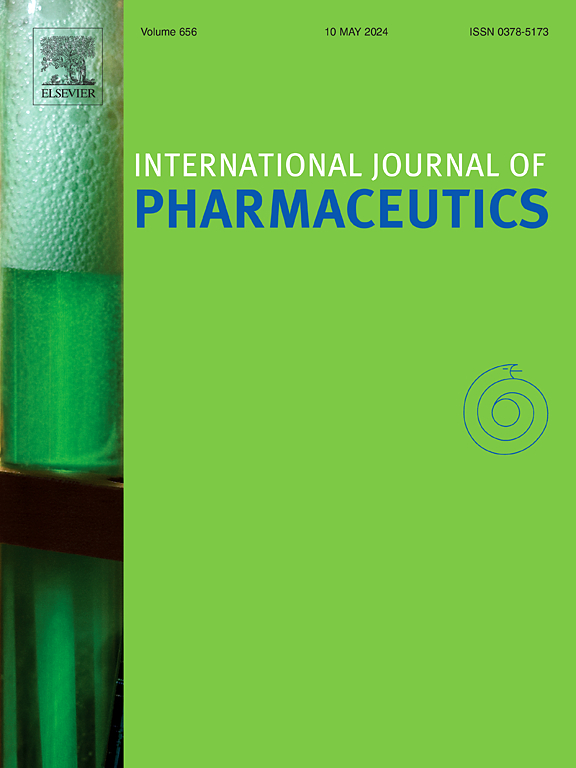Pairing tumor cell vesicle antigens with cationic nano-adjuvants by electrostatic adherence for personalized cancer vaccine
IF 5.3
2区 医学
Q1 PHARMACOLOGY & PHARMACY
引用次数: 0
Abstract
Simultaneous co-delivery of both antigens and adjuvants is crucial for the efficient activation of dendritic cells (DCs), but it has often been overlooked in the context of tumor cell-based vaccines. Building on the significant advancements in cationic nano-adjuvants, we proposed a straightforward and effective strategy for crafting personalized cancer vaccines, in which tumor cell vesicle antigens were paired with cationic nano-adjuvants to form nano-network through electrostatic adherence. Our pioneering research indicates that densely arranged nanoparticles can be simultaneously taken up by DCs, thus facilitating the co-delivery of adjuvants and antigens. To further enhance the interaction between DCs and antigens, the antigens-adjuvants nano-network was reconstructed using high aspect ratio silicon dioxide (SiO2) rods to generate 3D structures with ample interparticle spaces. This fosters a conducive environment for DCs infiltration, thereby optimizing the spatial and temporal orchestration of antigen cross-presentation. When combined with programmed death ligand 1 (PD-L1) immune checkpoint inhibitors, the dual-scale cancer vaccine effectively inhibits tumor proliferation through T cell-mediated mechanisms, resulting in a survival rate of 60 % in mice for over 40 days. In summary, our study introduces an innovative approach to the spatiotemporal orchestration of antigen cross-presentation, providing fresh insights into the construction of cancer vaccines based on tumor cells.

求助全文
约1分钟内获得全文
求助全文
来源期刊
CiteScore
10.70
自引率
8.60%
发文量
951
审稿时长
72 days
期刊介绍:
The International Journal of Pharmaceutics is the third most cited journal in the "Pharmacy & Pharmacology" category out of 366 journals, being the true home for pharmaceutical scientists concerned with the physical, chemical and biological properties of devices and delivery systems for drugs, vaccines and biologicals, including their design, manufacture and evaluation. This includes evaluation of the properties of drugs, excipients such as surfactants and polymers and novel materials. The journal has special sections on pharmaceutical nanotechnology and personalized medicines, and publishes research papers, reviews, commentaries and letters to the editor as well as special issues.
文献相关原料
公司名称
产品信息
阿拉丁
P123
阿拉丁
N-Hydroxysulfosuccinimide sodium salt (NHS)
阿拉丁
N,N'-dicyclohexylcarbodiimide (DCC)
阿拉丁
Polyetherimide (PEI, 25 KDa)
阿拉丁
Poly lactic-co-glycolic acid (PLGA, Lactide/glycolide:50/50, 36 KDa)

 求助内容:
求助内容: 应助结果提醒方式:
应助结果提醒方式:


